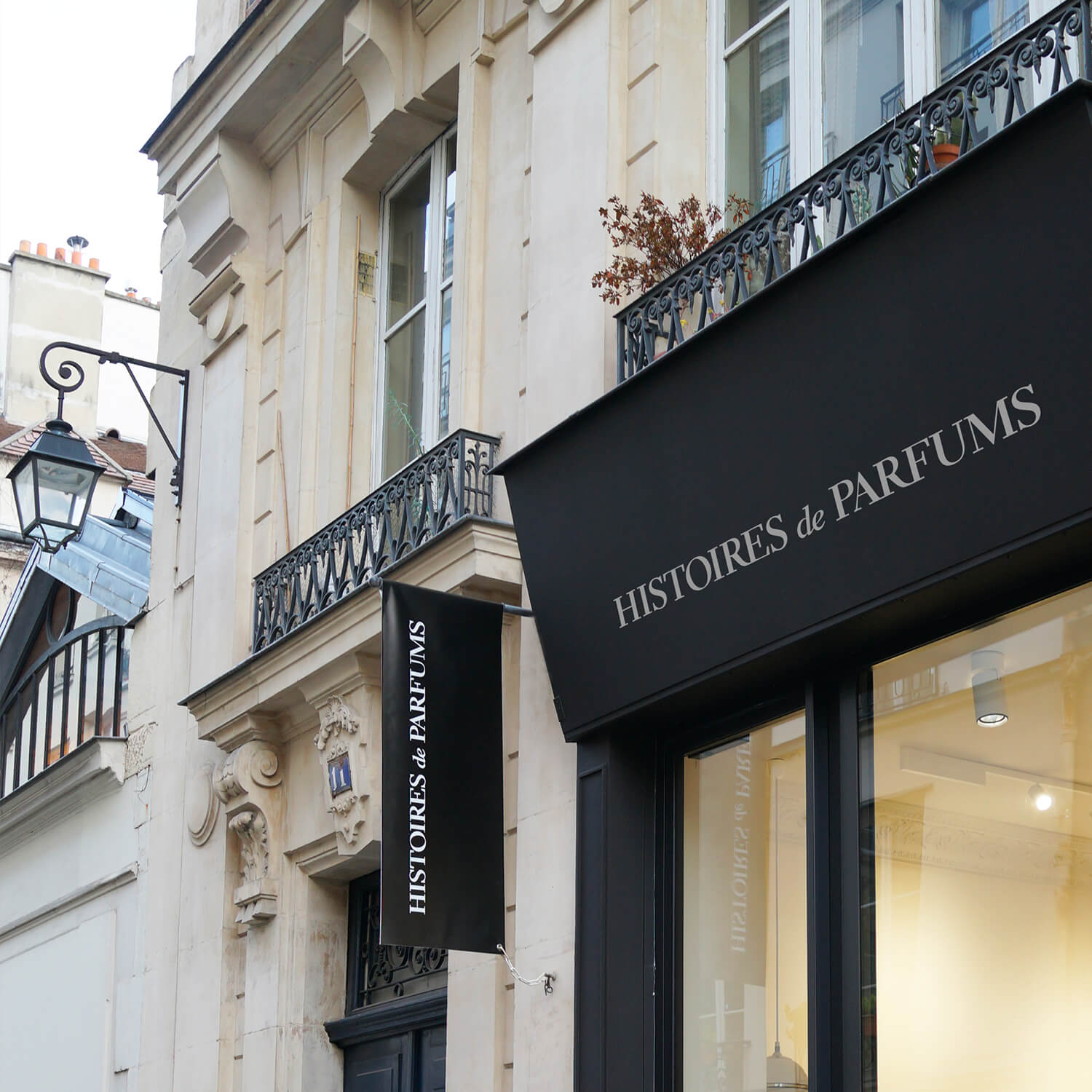This is not…
René Magritte is a Belgian artist born in 1898. He studied painting at Beaux Arts in Brussels, and moved to Paris in 1927 where he met André Breton, the founder of surrealism. Surrealism is a willingness to create art based on dreams and entirely rejects any conscience interventions that might intervene in the creative process. The goal, such as the name demonstrates, is to transcend reality to attain the surreal.
Intrigued by this concept, René Magritte decides to join the movement. His surrealist piece "Ceci n'est pas une pipe" forces us to question semantics to channel our perception of the relationship between words and the world.
At its foundation, "Ceci n'est pas une pipe" highlights the semiotics associated to an object with words to demonstrate that semantics are nothing more than social conventions that do not pertain to the qualities of the object itself. Like American semiologist Will James once said, "the word dog does not bite". The word is thus nothing more than a symbol that triggers our mind to see a pipe but teaches us nothing about the pipe itself.
Magritte shows us that even while the pipe is drawn in the most realist manner, a painting that depicts a pipe, is not a pipe. Like the artist himself explains: "We've critiqued my famous pipe enough! And yet, can you pack my pipe? Well in fact no, correct? Because it is nothing more than an image. So, if I had written on my painting "Ceci est une pipe"/ "This is a pipe", I would have been lying!"
While at the first glance this painting might seem like a mistake or a way to provoke people, it in fact communicates a deeper message. The message being that the image only represents a fraction of reality, and not the object itself in its entirety.




Leave a comment
This site is protected by hCaptcha and the hCaptcha Privacy Policy and Terms of Service apply.